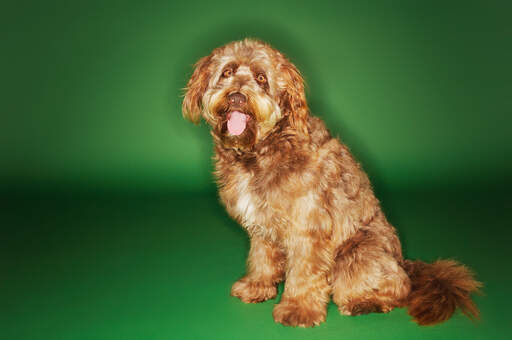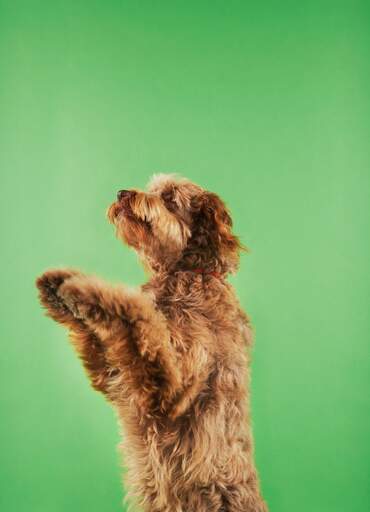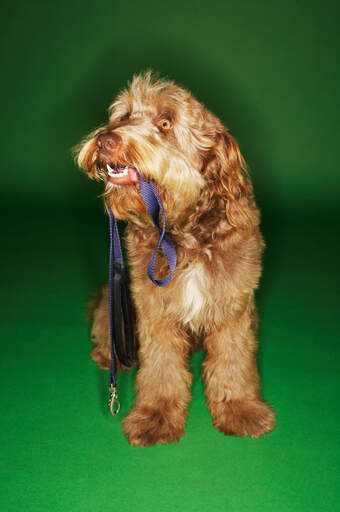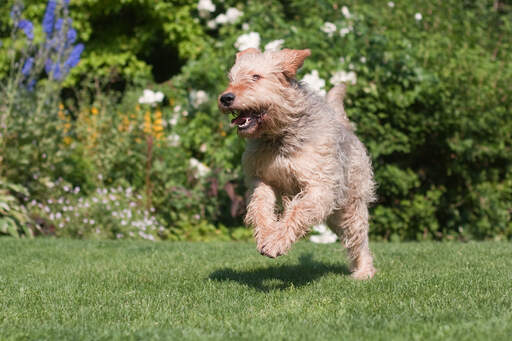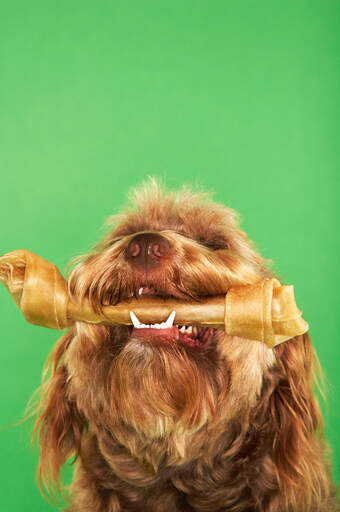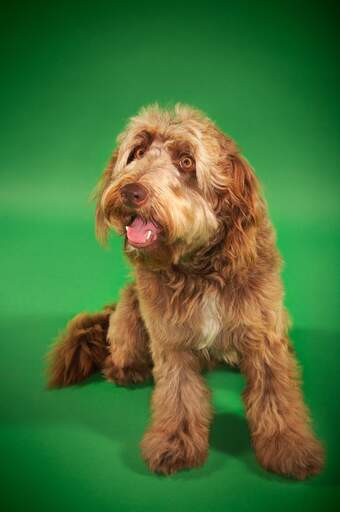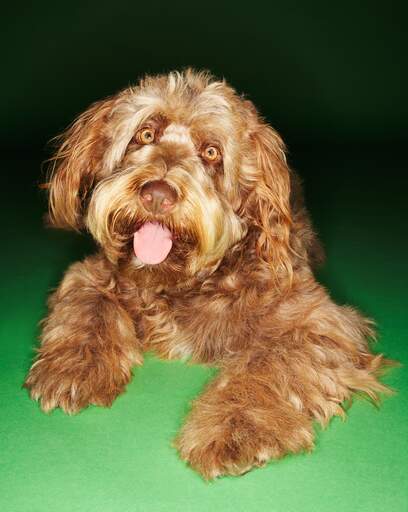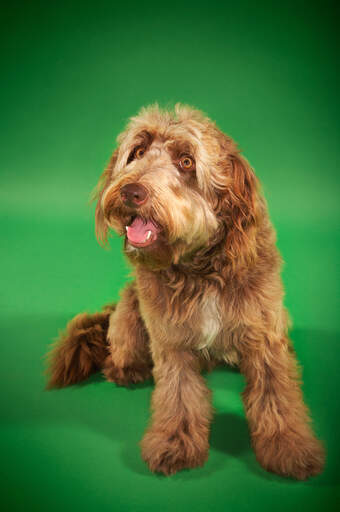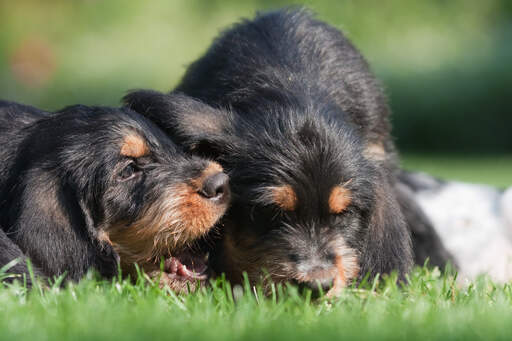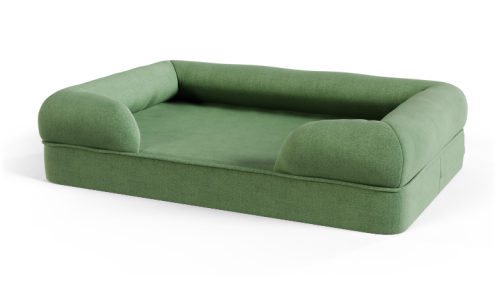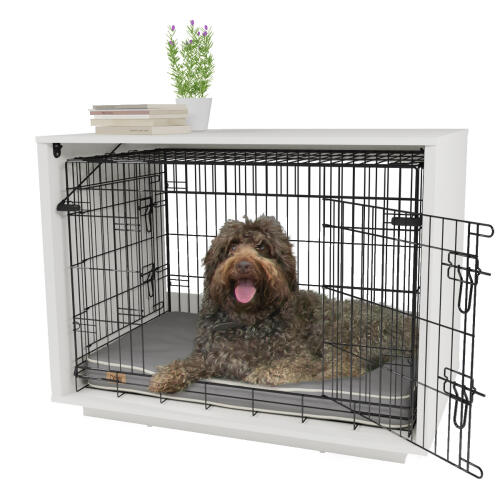Otterhound hund









History
The Otterhound is an old breed that was first thought to have originated in England. Believed to be a be a cross of Bloodhounds, Griffons, Rough haired Terriers and possibly the Harrier, they were used extensively to hunt otters. With it's excellent nose, it could track a trail that was 12 hours old, across land and water. Terriers would flush the otter from it's den, leaving the Otterhound to track and catch it. When hunting became illegal, the popularity of the Otterhound soon declined. Today it is classed as rare, but not endangered.
Behaviour
The Otterhound is friendly, cheerful and loyal to those around it. It gets along well with children, strangers and other dogs, but can sometimes chase cats, if not taught from a young age. Being around it's family is important and they are loving to everyone around them. They have an independent mind, will welcome you home, but not follow you around the house, always under your feet. They have a loud bark and can also bay, they have a very melodic singing voice!
Their independence can make training challenging. Whilst not stupid, they can take an age to learn and patience is needed. Positive reinforcement and food reward works well, but don't expect the Otterhound to pick things up quickly. Firm, consistent training should be used, but with a loving touch to get the best out of them. Trying to convince them to do what you want takes time, but once trained they make a wonderful addition to any home.
Otterhounds love water and can swim for hours. They like to dive into the water and will happily play at jumping in and out. They have quite high exercise needs, but are usually content with a long daily walk and play session. Getting along with other dogs; they will love a good play session with any dog they meet. Great for long hikes across the countryside, you will struggle to wear an Otterhound out. They are scent hounds and will latch onto a smell and chase after it. Best walked in a secure area or on a long lead, to prevent them going missing. Food works well in getting them back as they can be greedy dogs. Once walked they will happily sleep for hours and do tend to snore.
The dense wiry coat will need a decent brush once a week, but the shaggy beard will require more attention as they tend to get food stuck in it. The coat does not require clipping and can take a long time to regrow if they are clipped. The undercoat is water resistant and they dry quite quickly.
Otterhounds are a relatively healthy breed, but can be prone to Gastric Torsion (Bloat) and Hip Dysplasia. Exercise should be restricted when they are young to prevent leg/joint problems later in life. They are greedy and can become obese if food intake isn't watched.
Temperament
Otterhounds have an amiable and rugged temperament. They are affectionate with their owners and happy enough with strangers (both canine and human). What they really love is swimming and you should provide them with plenty of opportunities to excercise this desire.
Health Problems
Health problems that may affect Otterhounds include canine hip dysplasia (CHD), elbow dysplasia, bloat, benign growths, allergies, hypothyroidism, epilepsy and blood clotting diseases.
Breed Details
- Status: Common
- Life Expectancy: 9 - 12 years
- Weight: 41 - 50 kg
- Højde: 24 - 26"
- Rare: Nej
- Coat: Medium - Double
- Grooming Requirements: More than once per week
- Town or Country: Land
- Minimum Home Size: Large House
- Minimum Garden Size: Large Garden
- Breed Type: Hound
- Størrelse: Stor
- Energy Level: Høj
- Exercise Required: Over 2 hours

